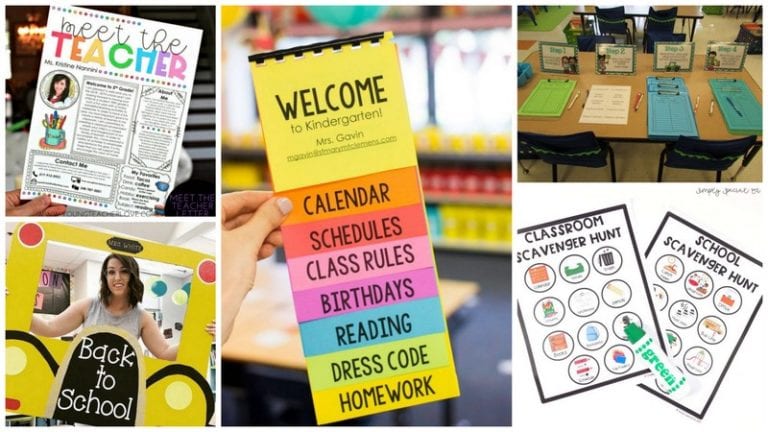It’s that time again, the steep summer slide into another new school year. Time to purchase back-to-school supplies and get your learning space put back together. Time to script plans for the first few weeks of connecting with your new crew. And time to craft that back to school welcome letter.
Whether you’re starting your rookie year, or returning to school after a decade or three, every new school year is different and every group of learners unique. It’s time to update the welcome letter you send to express your anticipation, enthusiasm, energy and joy for this chance to get to know and grow alongside your new school family members.
Try A New Greeting
These days, we can’t assume that our welcome letters are going to a two-parent household whose child shares the same last name. Many students are growing up under the guidance and protection of grandparents, foster parents, or guardians. So refrain from addressing Jimmy Smith’s letter home with the traditional Dear Mrs. Smith. Opening with Dear Caregiver will be more personal than To Whom It May Concern, and it will be applicable to the person or people who are irrationally crazy about the child who has just been planted to bloom with you.
Move From Me To We
Welcome to my class? Consider changing the word my to our to convey the sense of unity and community that you intend to create. When you move from me to we, magical things happen. Caregivers send us their very best; they appreciate knowing that it’s not just your class, but their class. They want to feel that their child is safe and secure as a valued and valuable member in the caring climate of your classroom.
Show Who You Are
Share information about who you are and what you believe in, where you’ve been and where you’re going both personally and professionally. This is your chance to connect with caregivers as allies. So be authentic, vulnerable, transparent, honest, and genuine. Let them know what you’re passionate about and how you feel about the opportunity to welcome another group of learners into your fold.
Tell them what the lifelong learner in you has planned for the year and how they can be an integral partner. If you’ve got dates for them to come and be a mystery reader to your class family, for example, let them know, so they can plan ahead.
Let them know that your door is always opened should they need to discuss their child’s progress, normalize a behavior, or simply share a concern.
Step Into Their Stories
Since caregivers are your pipeline to your students’ heart, mind and soul, ask them to share what they would like you to know about their child: what are her likes and dislikes, whether he’s an introvert or an extrovert, what interests her, what his love language is, how she best learns, what he can do well, what she can’t do yet.
Ask about their hopes and dreams for their child, and encourage them to make it personal. Because it is personal. Very personal. Give them the same voice and choice we as teachers like, allowing them to write, draw, or even just caption a snapshot, whatever works best for them.
They are about to trust you with their whole world. Make sure they know, feel and embrace that if it’s important to them, it matters to you.


